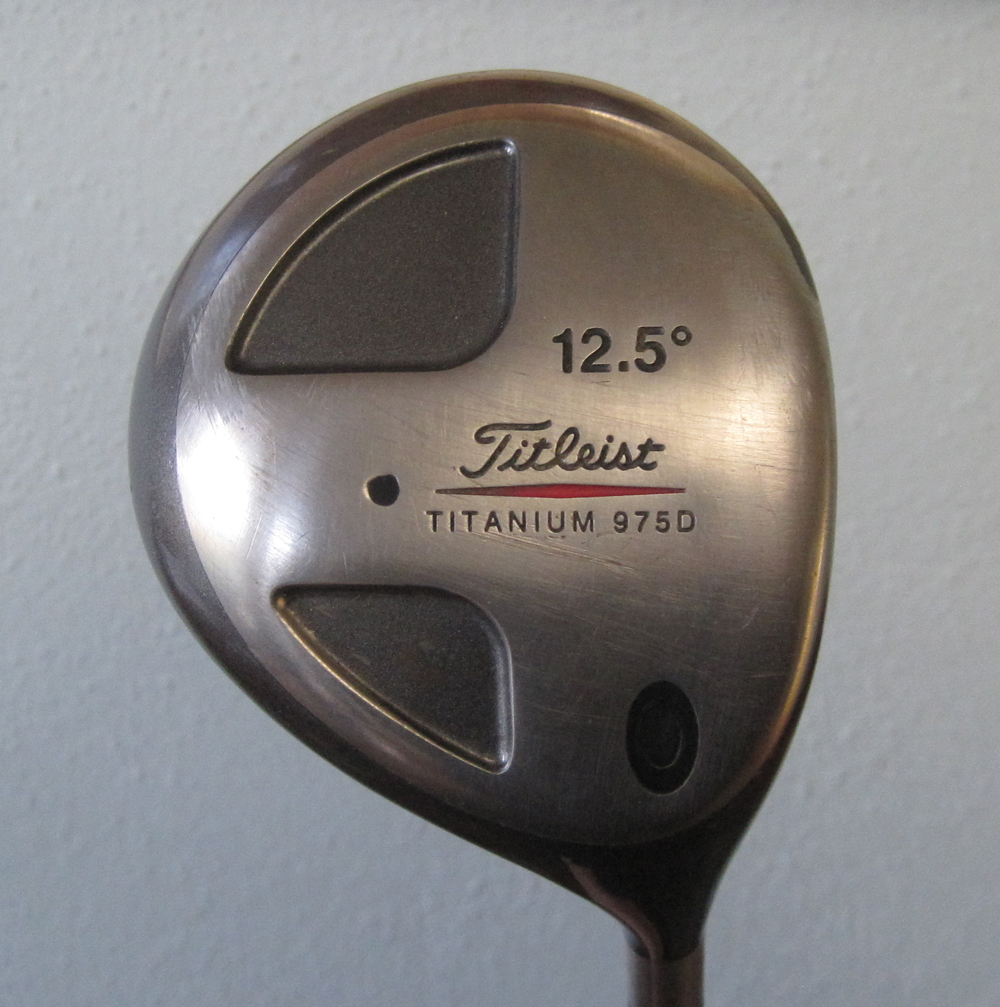I carry a 1-iron. Really, I do. It’s a pretty versatile club, and I’m going to tell about a couple of things I do with it.
On courses that have a lot of trees, it is ideal for punching out of the trees and down the fairway. The ball doesn’t get more that three feet off the ground and it runs forever. I can get 60 yards without trying hard.
Grip down the metal for control. Set up with the ball opposite your left instep. Take the club back only about five feet or so. The clubhead doesn’t get very far off the ground.
Swing through with your right side, thinking of punching the ball forward. Do not try to put a hit on it or you will mess up the whole thing. The follow-through is short–the shaft won’t get above horizontal.
I also use it around the green for chipping. The club has about 17 degrees of loft so you can think of it as a lofted putter.
For short chips where the ball is lying in grass too high to putt from, but is too close to chip with one of your usual chipping clubs, again grip all the way down and use a putting-like stroke to get the ball off the ground and rolling to the hole.
The ball comes off the clubface kind of hot, so it doesn’t take much of a hit to get the job done.
(Just to say I did it, I tried swinging the 1-iron at a ball. That was sitting on a tee. I learned that there is no point in ever trying that again.)
I made room for it taking out my 5-iron. I’m sure more uses will make themselves known as time goes by.
[Update] Chipping off a tight downhill lie.
[Update} Now it’s a 2-iron. Much better.



